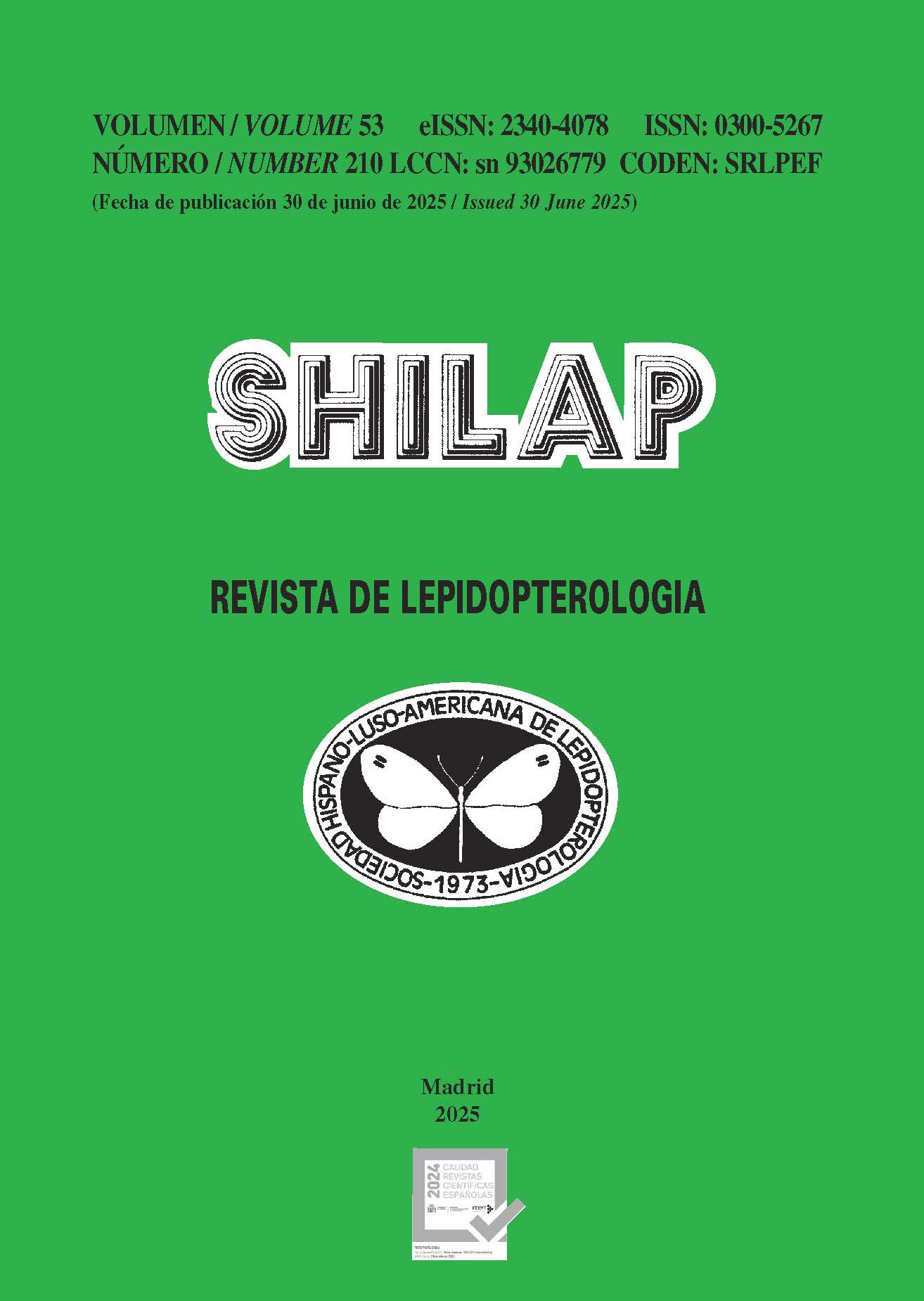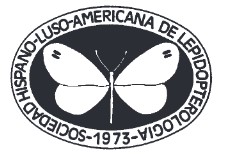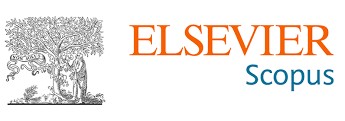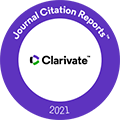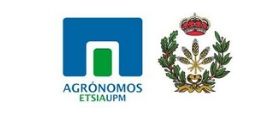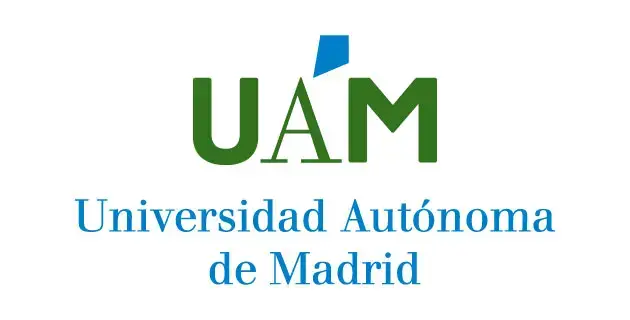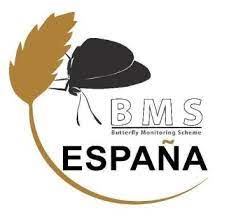Pontia daplidice (Linnaeus, 1758) and Pontia edusa (Fabricius, [1777] in Tajikistan: one or two species? (Lepidoptera: Pieridae)
DOI:
https://doi.org/10.57065/shilap.1054Palavras-chave:
Lepidoptera, Pieridae, DNA barcoding, morphological features, seasonal forms, Tajikistan, IranResumo
DNA barcoding of Pontia Fabricius, 1807 species from Tajikistan has shown that only Pontia edusa (Fabricius, [1777], which was previously considered Pontia daplidice (Linnaeus, 1758), is found throughout the country. In fact, these are the only finds of this species in Central Asia, and these data will improve our understanding about distribution of Pontia edusa, and in the future will help to form an overall picture of the distribution of both taxa. Pontia edusa is also reported for the first time for central Iran. Morphological analysis did not reveal significant features in the structure of the genitalia that could distinguish between P. edusa and P. daplidice.
Downloads
Estatísticas globais ℹ️
|
493
Visualizações
|
125
Downloads
|
|
618
Total
|
|
Referências
Clement, M., Posada, D., & Crandall, K. A. (2000). TCS: A computer program to estimate gene genealogies. Molecular Ecology, 10, 1657-1659. https://doi.org/10.1046/j.1365-294x.2000.01020.x PMid:11050560 DOI: https://doi.org/10.1046/j.1365-294x.2000.01020.x
Bruna, C. D., Gallo, E., & Sbordoni V. (2004). Guide to the butterflies of the Palaearctic region. Pieridae part 1. Tribe Pierini (partim) Delias, Aporia, Mesapai, Baltia, Pontia, Belenois, Talbotia. Omnes Artes.
Dapporto, L., Cini, A., Vodă, R., Dincă, V., Wiemers, M., Menchetti, M., Magini, G., Talavera, G., Shreeve, T., Bonelli, S., Casacci, L. P., Balletto, E., Scalercio, S., & Vila, R (2019). Integrating three comprehensive data sets shows that mitochondrial DNA variation is linked to species traits and paleogeographic events in European butterflies. Molecular Ecology Resources, 19(6), 1623-1636. https://doi.org/10.1111/1755-0998.13059 PMid:11050560 DOI: https://doi.org/10.1111/1755-0998.13059
Davlatov, A. M. (2020). Fauna of butterflies (Lepidoptera, Rhopalocera) of Shah Sands South-Western Tajikistan. News of the National Academy of sciences of Tajikistan, 4(211), 35-39. [In Russian]
Davlatov, A. M. (2022). Materials to the fauna of butterflies (Lepidoptera, Papilionoidea) of the Obi-Mazor River valley (Tajikistan). Selevinia, 30, 13-18.
Geiger, H., & Scholl, A. (1982). Pontia daplidice (Lepidoptera, Pieridae) in Südeuropa - eine Gruppe von zwei Arten. Mitteilungen der Schweizer Entomologischen Gesellschaft, 5, 107-114.
Geiger, H., Descimon, H., & Scholl, A. (1988). Evidence for speciation within nominal Pontia daplidice (Linnaeus, 1758) in southern Europe (Lepidoptera: Pieridae). Nota lepidopterologica, 11, 7-20.
Hall, T. A. (1999). BioEdit: a user-friendly biological sequence alignment editor and analysis program for Windows 95/98/NT. Nucleic Acids Symposium Series, 41, 95-98.
Hebert, P. D., Penton, E. H., Burns, J. M., Janzen, D. H., & Hallwachs, W. (2004). Ten species in one: DNA barcoding reveals cryptic species in the neotropical skipper butterfly Astraptes fulgerator. Proceedings of the National Academy of Sciences, 101(41), 14812-14817. https://doi.org/10.1073/pnas.0406166101 PMid:15465915 PMCid:PMC522015 DOI: https://doi.org/10.1073/pnas.0406166101
John E., Wiemers, M., Makris, C., & Russel, P. (2013). The Pontia daplidice (Linnaeus, 1758) / Pontia edusa (Fabricius, 1777) complex (Lepidoptera: Pieridae): confirmation of the presence of Pontia daplidice in Cyprus, and of Cleome iberica DC. as a new host-plant for this species in the Levant. Entomologist’s Gazette, 64, 69-78.
Kurze, B.-J., Nuß, M., & Westphalen, M. (2006). Vorkommen und Lebensweise des Resedaweißlings (Pontia daplidice (Linnaeus, 1758)) in Sachsen (Lepidoptera: Pieridae). Sächsische Entomologische Zeitschrift, 1, 89-100.
Korshunov, Y. P. (2002). Lepidoptera (Papilionoidea, and Hesperioidea) of Northern Asia. Association of Scientific Publications of the KMK. [In Russian]
Korb, S. K., & Bolshakov, L. V. (2016). A systematic catalogue of butterflies of the former Soviet Union (Armenia, Azerbaijan, Belarus, Estonia, Georgia, Kyrgyzstan, Kazakhstan, Latvia, Lituania, Moldova, Russia, Tajikistan, Turkmenistan, Ukraine, Uzbekistan) with special account to their type specimens (Lepidoptera: Hesperioidea, Papilionoidea). Zootaxa, 4160(1), 1-324. https://doi.org/10.11646/zootaxa.4160.1.1 PMid:27615908 DOI: https://doi.org/10.11646/zootaxa.4160.1.1
Leigh, J. W., & Bryant, D. (2015). PopART: Full-feature software for haplotype network construction. Methods in Ecology and Evolution, 6(9), 1110-1116. https://doi.org/10.1111/2041-210X.12410 DOI: https://doi.org/10.1111/2041-210X.12410
Lukhtanov, V. A., Sourakov, A., Zakharov, E. V., & Hebert, P. D. N. (2009). DNA barcoding Central Asian butterflies: increasing geographical dimension does not significantly reduce the success of species identification. Molecular Ecology Resources, 9(5), 1302-1310. doi: 10.1111/j.1755-0998.2009.02577.x PMid:21564901 DOI: https://doi.org/10.1111/j.1755-0998.2009.02577.x
Porter, A. H., Wenger, R., Geiger, H., Scholl, A., & Shapiro, A. (1997). The Pontia daplidice-edusa hybrid zone in north-western Italy. Evolution, 51, 1561-1573. https://doi.org/10.2307/2411208 PMid:28568618 DOI: https://doi.org/10.1111/j.1558-5646.1997.tb01479.x
Stshetkin, Y. L. (1960). Higher Lepidoptera of the Vakhsh Valley (Tajikistan). Part 1. Lepidoptera (Rhopalocera and Heterocera exclusive of Noctuidae and Geometridae). Proceedings of E.N. Pavlovsky Institute of Zoology and Parasitology Academy of Sciences of the Tajik SSR (Vol. 14). Stalinabad. [In Russian]
Stshetkin, Y. L. (1963). To the fauna of the butterflies of the low mountains of southern Tajikistan (Lepidoptera, Macroheterocera) Rhopalocera. Proceedings of E. N. Pavlovsky Institute of Zoology and Parasitology Academy of Sciences of the Tajik SSR (Vol. 24), 21-73. Dushanbe. [In Russian]
Sharafutdinov, D. R., & Lukhtanov V. A. (2019). Species diversity of diurnal Lepidoptera (Papilionoidea and Hesperioidea) of the middle mountain belt of the Kamarob River gorge. Materials of the VIII-th International Conference “Ecological features of biological diversity” (Tajikistan) (pp. 104-105). Dushanbe. [In Russian]
Thomas, T., & Lewington, R. (1991). The butterflies of Britain and Ireland. Dorling Kindersley.
Tuzov, V. K., Bogdanov, P. V., Devyatkin, A. L., Kaabak, L. V., Korolev, V. A., Murzin, V. S., Samodurov, G. D., & Tarasov, E.A. (1997). Guide to the Butterflies of Russia and adjacent territories (Lepidoptera, Rhopalocera). Hesperiidae, Papilionidae, Pieridae, Satyridae (Vol. 1.). Pensoft.
Tamura, K., Stecher, G., & Kumar, S. (2021). MEGA 11: Molecular Evolutionary Genetics Analysis Version 11. Molecular Biology and Evolution, 38, 3022-3027. https://doi.org/10.1093/molbev/msab120 PMid:33892491 PMCid:PMC8233496 DOI: https://doi.org/10.1093/molbev/msab120
Tshikolovets, V. V. (2003). The butterflies of Tajikistan (Lepidoptera, Rhopalocera). Tshikolovets Publications.
Wagener, P. S. (1988). What are the valid names for the two genetically different taxa currently included within Pontia daplidice (Linnaeus, 1758)? Nota lepidopterologica, 11, 21-38.
Wu, Ch. (2010). Fauna Sinica - Insecta. Lepidoptera, Pieridae (Vol. 52). Sciences press.
Downloads
Publicado
Como Citar
Edição
Secção
Licença
Direitos de Autor (c) 2025 Abdulaziz M. Davlatov, Vladimir A. Lukhtanov

Este trabalho encontra-se publicado com a Licença Internacional Creative Commons Atribuição 4.0.
O autor mantém os seus direitos de marca registada e de patente para qualquer processo ou procedimento dentro do artigo.
O autor mantém o direito de partilhar, distribuir, executar e comunicar publicamente o artigo publicado no SHILAP Revista de lepidopterología, com reconhecimento inicial da sua publicação no SHILAP Revista de lepidopterología.
O autor reserva-se o direito de fazer uma publicação posterior da sua obra, desde a utilização do artigo até à sua publicação num livro, desde que indique a sua publicação inicial no SHILAP Revista de lepidopterología.
Cada apresentação ao SHILAP Revista de lepidopterología deve ser acompanhada por uma aceitação dos direitos de autor e reconhecimento da autoria. Ao aceitá-los, os autores retêm os direitos autorais da sua obra e concordam que o artigo, se aceite para publicação pelo SHILAP Revista de lepidopterología, será licenciado para uso e distribuição sob uma licença "Creative Commons Attribution 4.0 International" (CC BY 4.0), que permite a terceiros partilhar e adaptar o conteúdo para qualquer fim, dando o devido crédito à obra original.
Pode consultar aqui a versão informativa e o texto legal da licença. A indicação da licença CC BY 4.0 deve ser expressamente indicada desta forma quando necessário.
A partir de 2022, o conteúdo da versão impressa e digital é licenciado sob uma licença de utilização e distribuição "Creative Commons Attribution 4.0 International" (CC BY 4.0), que permite a terceiros partilhar e adaptar o conteúdo para qualquer fim, dando o devido crédito à obra original.
O conteúdo anterior da revista foi publicado sob uma licença tradicional de direitos de autor; no entanto, o arquivo está disponível para acesso livre.
Ao utilizar o conteúdo do SHILAP Revista de lepidopterología publicado antes do ano 2022, incluindo figuras, tabelas ou qualquer outro material em formato impresso ou eletrónico pertencem aos autores dos artigos, os autores devem obter a autorização do detentor dos direitos de autor. As responsabilidades legais, financeiras e criminais a este respeito pertencem ao(s) autor(es).
Em aplicação do Princípio de Prioridade do Código Internacional de Nomenclatura Zoológica, nenhuma outra versão além da publicada pela editora pode ser depositada em repositórios, websites pessoais ou similares.
